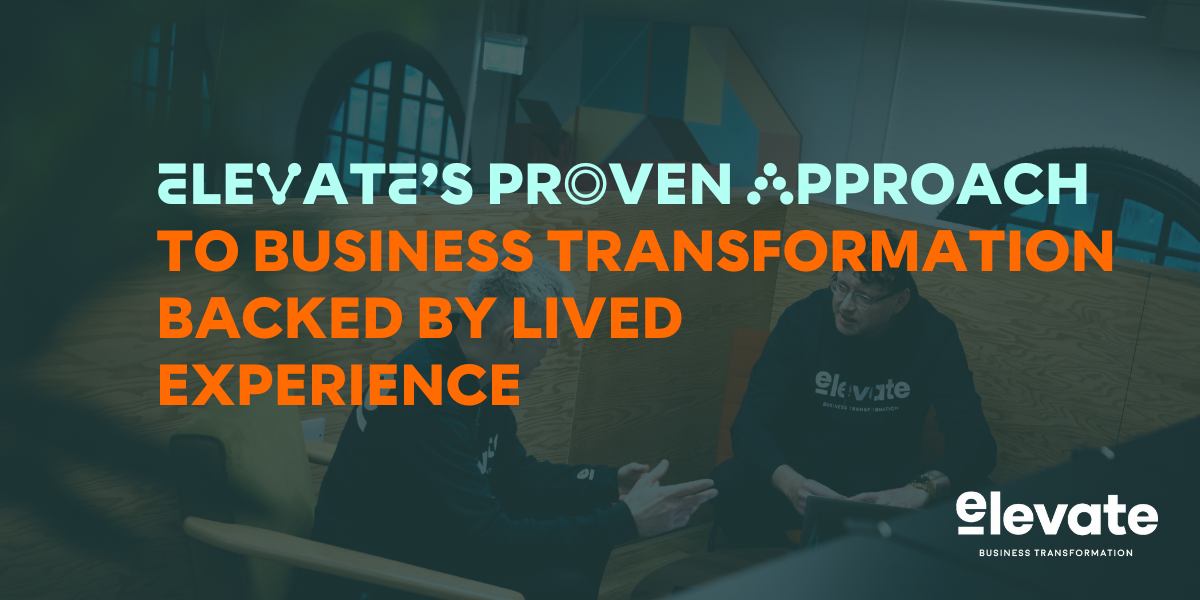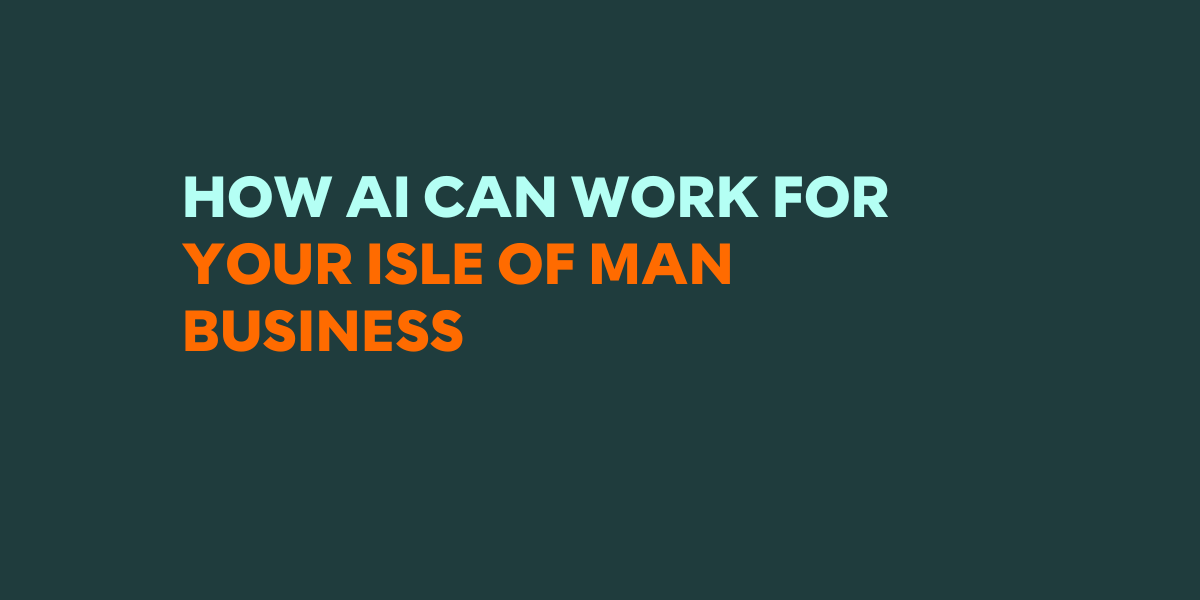How to create a positive culture of remote working
26 July 2021

Cosmo Currey, Head of Talent Acquisition for Isle of Man headquartered international headhunting firm Van Kaizen, talks about how firms can adapt their culture and methods to better suit the new demand for remote working.
The work from home revolution, like most rapid social changes, hit with all the subtlety and grace of an avalanche. There were no options for the knowledge economy; it was simply adapt or die. As the urgency and necessity fall away, though, we can bring more thought and intent to our longer-term reaction. Do we want remote working to stay? If so, how might we adapt to make the most of it?
When we set Van Kaizen up in 2019, we embraced remote working. Our experience of choosing that method, free of pandemic-related necessity, combined with our view of the international labour market, may offer an external perspective to your decision making.
Many of the mammoth tech and finance firms that dominate our existence have committed to long term remote working, and many start-ups are embracing the lower overheads it can offer. Mid-sized firms have so far seemed more reticent, on average. This may reflect different cost/benefit analyses at different levels of physical and digital scale, worth bearing in mind for your own situation.
In terms of the labour market, remote roles are coming up with increasing frequency in iGaming and technology businesses, with finance and professional services lagging behind. Regionally, we have seen Europe and North America leading the charge, offering roles to anyone within a couple of hours of their office time zone. On the supply side, high quality candidates in specialist roles are increasingly demanding remote work, making it an attractive way to compete for talent.
Assuming we accept WFH as something that’s here to stay, then the question is how best to adapt. Trying to substitute zoom for meeting rooms but otherwise leaving culture and process unchanged is a recipe for disaster.
Most companies, whether they admit it or not, were social more by accident than design prior to covid. Open plan offices, shared facilities, and nearby drinking establishments all did a lot of the heavy lifting. As you have moved your business fundamentals to a digital infrastructure, have you tried to intentionally replicate or replace these informal points of connection that have been lost from the work environment?
In line with these social bonding opportunities, you also need to make intentional efforts to replace informal monitoring of staff wellbeing. In this decade, we are painfully aware that the dissociation that screens bring into our lives can mask a lot of personal difficulties which would be clear in person. Thankfully, mental health is higher on the agenda for most firms than it has been in the past and stigma is dropping, but you will still need to take active steps to ensure peers are supporting one another in the new work environment and not simply relying on line managers.
Take care in how you integrate non-work platforms. Staff who are not office based will often appreciate the ease of using communication patterns and platforms they also use in their private lives, such as WhatsApp messaging. Indeed, making use of these more informal platforms may be an important part of tackling the social and wellbeing issues outlined above. However, the wrong kinds of communications in these settings can quickly be seen as an unwelcome encroachment into their private lives, so the use of these platforms should be subject to open communication and strict policies.
In cases where the job role allows for it, our experience is that WFH must be bundled with more flexible working hours policies than are common to traditional offices. The opportunities for both focus and distraction at home are different to an office and work rhythms will change; to expect anything else is to swim against the tide. Again, this must be balanced with the need for overlap between working periods for collaborating employees, as well as client or other stakeholder expectations. We would encourage you, however, to err on the side of permissive policies to get the best out of workers. Anecdotal evidence to date, across industries and cultures, is that doing so more than pays for itself with reductions to absenteeism and other intangible labour costs.
There would also be value in considering your approach to change management and project work. For most knowledge workers, it is work outside of their day-to-day duties that requires the most time spent collaborating with others and creates the most stress. The effect of remote work on these responsibilities, positive or negative, is likely to be larger than it is for routine work. As such, it may make sense to try to reduce project team sizes, cap the number of such projects any one person is involved in while they work remotely, or (in a blended approach) to formally structure time in the office around projects and time at home around routine work.
If you are running a blended approach, how do you ensure fair treatment between employees? If Anne prefers to work more from the office and Bob more from home, do they both have equal access to facilities, opportunities, and support? This could become a significant source of grievances over the next couple of years, so it deserves thought specific to your firm’s situation.
Finally, don’t forget about your staff’s families. The impact of your staff’s work is more real for spouses and children now that it happens in their spaces, and particularly where work patterns become more flexible. They will see more of the emotional ups and downs, listen to more of the venting and stories, offer more advice and support, feel more keenly both the breaks and the overtime, and more. Families aren’t just for the Christmas party anymore; they are present ‘in the office’ every day and you need to recognise that in how you conduct business.
There are many more things to consider with remote work, but those are just a few that we know are making a difference for businesses large and small. Whatever you decide is best for your firm, try to set aside the changes you made from necessity last year and consider remote working afresh, as if you were choosing freely. If you do decide to embrace it over the long term, with all its positives and negatives, then make sure it’s more than just an IT project and a hiring gimmick – it must be accompanied by real cultural and methodological change if it’s going to work for you.





